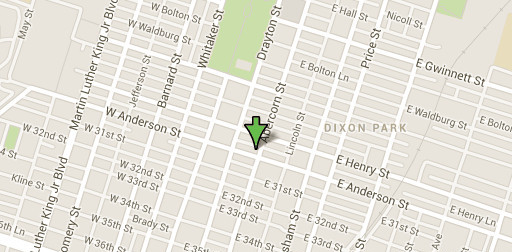For many people, understanding their TMJ (temporomandibular joint disorders, also called TMD) can require learning what seems like an additional language. This isn’t easy, but we hope to make it easier by providing you with some definitions of some terms that come up in talking about TMJ that might not be familiar to you.

Ankylosis
Ankylosis is restricted movement in a joint. This usually occurs when TMJ is well advanced, and may be related to the soft tissue in the joint (called fibrous ankylosis) or the bone tissue (bony ankylosis).
Arthritis
Arthritis is a generic term that refers to joint problems caused by inflammation of joint tissue. It comes in many forms, and may affect the temporomandibular joint as well as other joints in the body.
Articular Disc
This is a pad of cartilage that sits between the two bony parts of the temporomandibular joint. When it gets displaced or worn down, it can cause problems.
Bruxism
Bruxism refers to teeth clenching and grinding. This can be a cause of TMJ, or it can be an effect of the condition.
Cartilage
Tough but flexible tissue in the body that serves many roles, including cushioning between bones in a joint.
Condyle
The bony knob on either end of the mandible. This interfaces with the articular disc.
Crepitus
A crunching or grinding sound from inside the joint.
CT Scan
Computed tomography (CT) uses a series of focused x-rays to construct a 3D model of bony structures. In dentistry, we most often use cone beam CT (CBCT), which can focus precisely on the jaw joint, has very high resolution, uses low radiation, and doesn’t require you to be placed inside a tube.
Malocclusion
Malocclusion refers to teeth that fit together in an unhealthy or destructive way. Malocclusion can be a cause or effect of TMJ.
Mandible
The mandible is your lower jaw bone.
MRI
Magnetic resonance imagery (MRI) is an imaging technique that shows the soft tissues of the jaw joint, such as the articular disc, ligaments, and nerves.
Myography
Myography measures the tension of muscles to identify when muscles are in a tense or relaxed state to help identify the best rest position for the jaw joint.
Panoramic X-Ray
A panoramic x-ray is a single, flat image of the entire dental arch, including the temporomandibular joints. It can give a good perspective on the surroundings of the TMJ, which can provide context for the diagnosis.
Sonography
Sonography is the measurement of vibrations from the jaw joint. This can detect vibrations before they become sounds that you can hear.
Trigeminal Nerve
The trigeminal nerve is one of the most important nerves in the body. It controls sensation of most of the head and face. It also passes signals to the jaw muscles. It can be involved in many types of TMJ-related pain.
Tinnitus
Tinnitus is when you hear sounds that can’t be heard or measured outside your head. It is sometimes called “ringing in the ears,” but the actual sounds that people report from the condition are variable.
Have More Questions?
If you are struggling to understand your TMJ, we are here to help. We can explain the condition in simple terms so that you can understand what’s going on in your joint and what needs to be done to alleviate your symptoms.
Please call (843) 706-2999 today for an appointment with a TMJ dentist in the Hilton Head area at Beyond Exceptional Dentistry.




